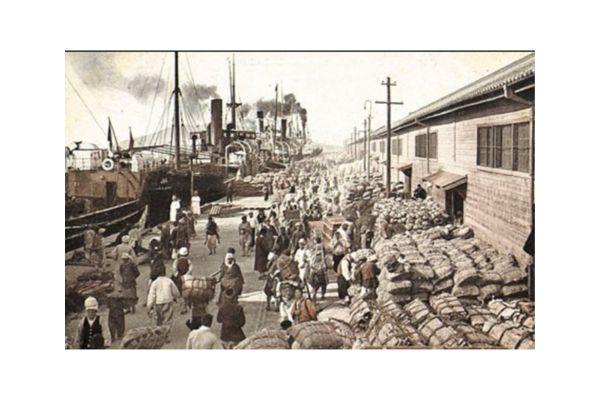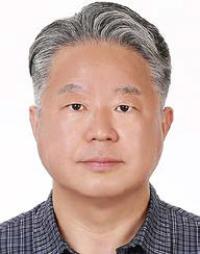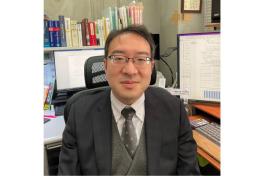
The East Asian Studies Center Presents:
Food Distribution and Consumption in Modern East Asia and the Japanese Empire
Myungsoo Kim
EASC Visiting Scholar, Keimyung University
Kiyotaka Maeda
Keio University
with moderator
Mineharu Nakayama
The Ohio State University
and discussant
Hajime Miyazaki
The Ohio State University
Workshop Abstract: Sushi is the most famous traditional Japanese food and consists of sliced raw fish and rice. As can be expected from this case, Japan has a strong food culture that relies on rice as a staple food. However, it faced a rice shortage at the beginning of the 1890s. After that decade, Japan possessed neighboring regions and used its colonies as rice suppliers. Specifically, Korea, which was relegated to the Japanese colonies in 1910, shipped plenty of rice to Japan until the end of the Second World War in 1945. The Korean rice supply was integral to the Japanese food market during this period. The presenters, economic historians in Japan and Korea, have focused on this economic tie through rice circulation. They will investigate the changes in the Japanese and Korean rice trades and clarify the mutual relationship between these adjacent markets until the end of the 1930s.
Download the PDF flyer here.
"Incheon Rice Exchange and Circulation of Chosun Rice in Japan in the First Half of the Twentieth Century"
Abstract: After the Japanese victory in the Sino-Japanese War, Japanese merchants overwhelmed Chinese merchants in Korea, and the number of Japanese people moved in Incheon increased. In addition, commerce between Korea and Japan expanded. In particular, rice exports became larger than before the Sino-Japanese War. In 1895, rice exports through Incheon accounted for 78% of total rice exports in Korea. However, each province of Korea had restricted the export of rice to Japan due to poor food conditions with the Bang-goglyeong (Rice Export Control Law). Obviously, Japanese traders in Incheon had many difficulties in collecting Chosun rice. In addition, Japanese merchants thought that the quality of the collected rice became poor because sometimes it contained some water, which caused the rice price rice to fall. These problems were major obstacles for the Japanese traders in Incheon. To settle these problems, Japanese traders established the Rice Exchange in 1896. Until 1910. After the establishment of Incheon Rice Exchange, Chosun rice imports from all imported rice in Japan occupied up to 50 %. The rice shortage in Japan, which situation had not changed since the end of 19th century, did not improve in the 1910s and 1920s. The rice agitation in 1918 was the representative example which explain the rice shortage situation. The Rice Production Increase Plan of Korea, which began in 1926, was a nationwide project to make colonial Korea a food base for Japan. Korean Covernment-General’s rice policies made Korean market integrated to Japan during Japanese rule. In this paper, I will examine the market integration between colonial Korea and Japan focusing on the interrelation between the Incheon Rice Exchange and the Osaka Dojima Rice Exchange.

Myungsoo Kim, a visiting scholar at the East Asian Studies Center, is Associate Professor in the Department of Japanese Language and Japanese Studies at Keimyung University, and President of Society for Cultural Interaction in East Asia.
"Distinctive Pricing in the Metropole of the Integrated Empire's Economy: Japan's Central and Local Rice Markets, 1900-1939"
Abstract: This study explores the spot and futures pricing of rice in Japan’s central and local cities during the period 1900–1939 to detect how importing primary products from the colonies impacted the commodity market in the metropole. The imperial country imported colonial primary products different in quality than the domestic ones to accelerate industrialization and the export of industrial goods to the colonies. During the process of commodity market to accommodate the trade expansion of colonial goods, the futures prices in the central cities, which were hubs of colonial goods, reflected the price fluctuation of imported goods. On the other hand, the minor exchange in the local cities, which tended not to trade colonial goods, augmented its price formation function. Based on the geographical heterogeneity of colonial goods circulation, this mechanism promoted economic growth and widened economic disparity within the empire.

Kiyotaka Maeda is an associate professor of modern Japanese history at the Department of Japanese History, Faculty of Letters, Keio University, Japan. His specialties are the economic and business history of modern Japan, the history of the Japanese Empire, and historical economics. He holds a Ph.D. in Economics from Keio University and was awarded academic prizes by the Business History Society of Japan, Osaka Bankers’ Association, Seinan Gakuin University, and Keio University. He has published English articles in such international journals as Business History, Economic History Review, and Financial History Review. Furthermore, he published the Japanese book “Shio to Teikoku (Salt and Empire: Market, Monopoly System, and Colony in Modern Japan)” from the Nagoya University Press in 2022. Recently, he has econometrically analyzed the pricing of the Japanese rice market in the first half of the 20th century by utilizing the time series analysis technique.
